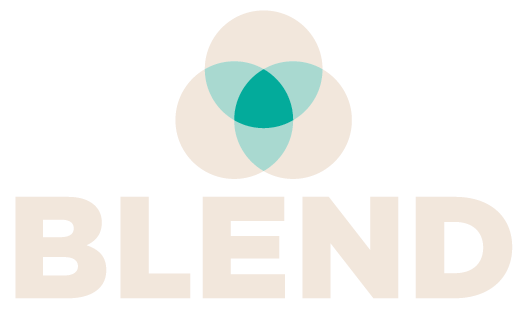In weighing up the pros and cons of custom content vs off the shelf e- learning, it can feel overwhelming trying to work out which training solution is the best fit for your needs.
For an industry whose primary role is to help people understand things, the eLearning industry is ironically non-transparent.
There’s a lot of jargon and sales talk thrown around, so the goal of this article is to cut through the noise and help you make an informed decision.
But before we start laying everything out, let’s take a step back.
Remember, we only want pack the essentials so…
Make time to behave like a kid/therapist
You’re probably wondering ‘what?!?’ Let me explain… Both kids and therapists want to know the truth of things – challenging your reasons for something, digging deeper until you have to face a fundamental (and occasionally painful) truth underneath. How do they do this? – They simply ask WHY. And they don’t stop until they hit bedrock (or you send them to bed).
It can be hard work but the reality is that it ends up being much better to build from that essential solid foundation, if you take the time to reach it.
The exact same thing should be applied to choosing a training solution – Challenge what you think you want and do a quick check to find out what you actually need. It will always pay off in the long run and avoid you making assumptions as well as
wasting budget.
The key is drilling down to the essential business need underneath, because if training doesn’t satisfy a business need, then it is fundamentally useless.
Like Alanis Morrisette famously sang – “It’s like 10,000 spoons when all you need is a
knife” – except it’s not ironic… it’s just a waste of resources.
So ask yourself:
1. What is the essential business need behind this training? If you don’t know the business need behind the training, find the person who does and ask them. For example – your company has merged with another company and all the new staff and customers need to be onboarded as quickly as possible into the existing company to minimise resource costs.
2. What are the minimum essential actions you need your learners to do to meet this needidentified in question 1?
For example – the essential thing is your new staff need to be able to transition new customers onto the main database to keep money flowing in.
3.What is the minimum essential knowledge that your learners need to carry out these actions from Question 2? For example – Your staff needs to know how to transfer account details and set up new direct debits.
Now it’s your turn, give it a try.
1 – Take a piece of paper or a whiteboard and, starting at the top, write your business need.
2 – Then write the various essential actions required underneath it in columns.The easiest way to identify them is to ask yourself:
‘What is critical to do, and in what order, or we can’t meet the business need?’
3 – Finally list the essential knowledge for each action in order. Ask yourself:
‘What is critical to know, otherwise we can’t perform this action?’
Armed with this map you should now have a clear idea of what essential knowledge your learners need in service of your business need.
This also makes it much easier to talk to a content provider when you are scoping out a project as you’ll already have done a lot of the work when it comes to setting your goal.

